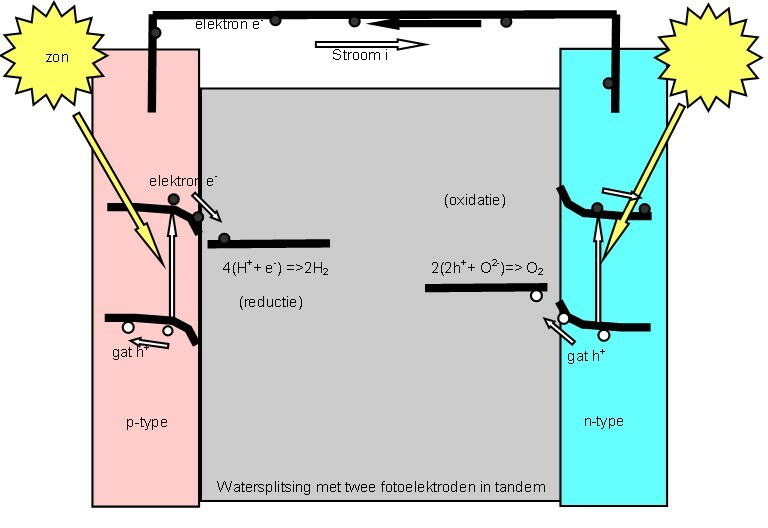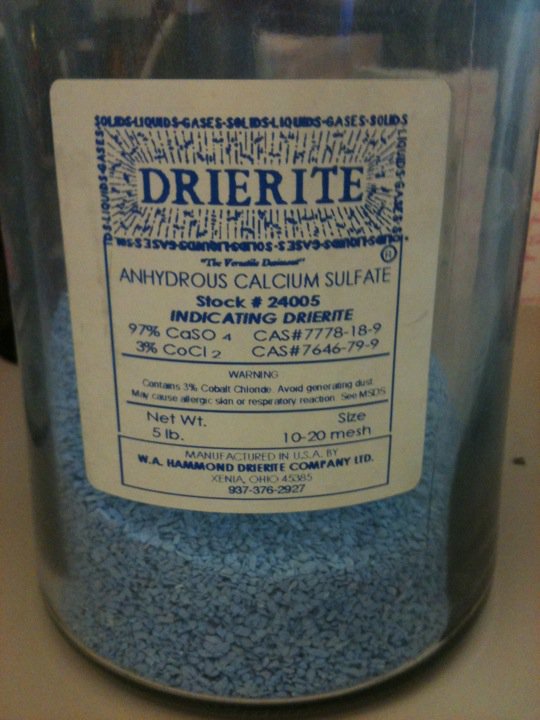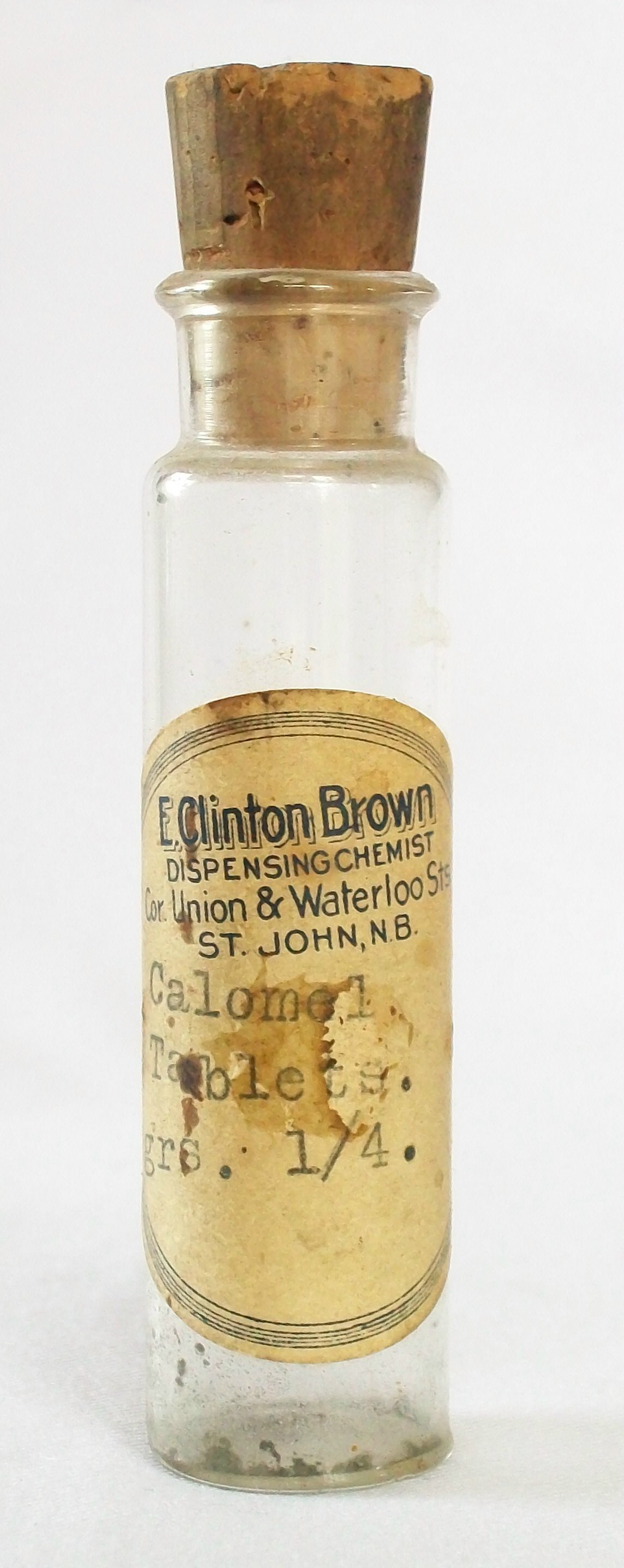|
Mercury Sulfide
Mercury sulfide, or mercury(II) sulfide is a chemical compound composed of the chemical elements mercury and sulfur. It is represented by the chemical formula HgS. It is virtually insoluble in water. Crystal structure HgS is dimorphic with two crystal forms: * red cinnabar (α-HgS, trigonal, hP6, P3221) is the form in which mercury is most commonly found in nature. Cinnabar has rhombohedral crystal system. Crystals of red are optically active. This is caused by the Hg-S helices in the structure. * black metacinnabar (β-HgS) is less common in nature and adopts the zinc blende crystal structure (''T''2d-''F''3''m''). Preparation and chemistry β-HgS precipitates as a black solid when Hg(II) salts are treated with H2S. The reaction is conveniently conducted with an acetic acid solution of mercury(II) acetate. With gentle heating of the slurry, the black polymorph converts to the red form. β-HgS is unreactive to all but concentrated acids. Mercury is produced from the cinn ... [...More Info...] [...Related Items...] OR: [Wikipedia] [Google] [Baidu] |
Cinnabar
Cinnabar (; ), or cinnabarite (), also known as ''mercurblende'' is the bright scarlet to brick-red form of Mercury sulfide, mercury(II) sulfide (HgS). It is the most common source ore for refining mercury (element), elemental mercury and is the historic source for the brilliant red or scarlet pigment termed vermilion and associated red mercury pigments. Cinnabar generally occurs as a vein-filling mineral associated with volcanic activity and Alkaline earth metal, alkaline hot springs. The mineral resembles quartz in symmetry and it exhibits birefringence. Cinnabar has a mean refractive index near 3.2, a mohs scale of mineral hardness, hardness between 2.0 and 2.5, and a specific gravity of approximately 8.1. The color and properties derive from a structure that is a hexagonal crystalline bravais lattice, lattice belonging to the trigonal crystal system, crystals that sometimes exhibit Crystal twinning, twinning. Cinnabar has been used for its color since antiquity in the Near ... [...More Info...] [...Related Items...] OR: [Wikipedia] [Google] [Baidu] |
Zincblende (crystal Structure)
In crystallography, the cubic (or isometric) crystal system is a crystal system where the unit cell is in the shape of a cube. This is one of the most common and simplest shapes found in crystals and minerals. There are three main varieties of these crystals: *Primitive cubic (abbreviated ''cP'' and alternatively called simple cubic) *Body-centered cubic (abbreviated ''cI'' or bcc) *Face-centered cubic (abbreviated ''cF'' or fcc) Note: the term fcc is often used in synonym for the ''cubic close-packed'' or ccp structure occurring in metals. However, fcc stands for a face-centered cubic Bravais lattice, which is not necessarily close-packed when a motif is set onto the lattice points. E.g. the diamond and the zincblende lattices are fcc but not close-packed. Each is subdivided into other variants listed below. Although the ''unit cells'' in these crystals are conventionally taken to be cubes, the primitive unit cells often are not. Bravais lattices The three Bravais latices ... [...More Info...] [...Related Items...] OR: [Wikipedia] [Google] [Baidu] |
Mercury(I) Sulfide
Mercury(I) sulfide or mercurous sulfide is a hypothetical chemical compound of mercury and sulfur, with chemical formula . Its existence has been disputed; it may be stable below 0 °C or in suitable environments, but is unstable at room temperature, decomposing into metallic mercury and mercury(II) sulfide (mercuric sulfide, cinnabar).Ronald L. Rich (2007): "Zinc through Mercury". In: ''Inorganic Reactions in Water'', pages 289–306. Published by Springer. History This compound was described in the 19th century by Berzelius as a black precipitate obtained by passing hydrogen sulfide through solutions of mercury(I) salts.Berzelius, ''Lehrb.''Berzelius: ''Archiv des Apotheker Vereins im nördlichen Deutschland''.Charles Baskerville (1903): "Mercurous sulphide". ''Journal of the American Chemical Society'', volume 25, issue 8, pages 799–800. As of 1825, the London Pharmacopoeia listed a compound called "Ethiops-mineral" or ''Hydrargyri Sulphuretum Nigrum'' ("black sul ... [...More Info...] [...Related Items...] OR: [Wikipedia] [Google] [Baidu] |
Mercury Poisoning
Mercury poisoning is a type of metal poisoning due to exposure to mercury. Symptoms depend upon the type, dose, method, and duration of exposure. They may include muscle weakness, poor coordination, numbness in the hands and feet, skin rashes, anxiety, memory problems, trouble speaking, trouble hearing, or trouble seeing. High-level exposure to methylmercury is known as Minamata disease. Methylmercury exposure in children may result in acrodynia (pink disease) in which the skin becomes pink and peels. Long-term complications may include kidney problems and decreased intelligence. The effects of long-term low-dose exposure to methylmercury are unclear. Forms of mercury exposure include metal, vapor, salt, and organic compound. Most exposure is from eating fish, amalgam-based dental fillings, or exposure at a workplace. In fish, those higher up in the food chain generally have higher levels of mercury, a process known as biomagnification. Less commonly, poisoning may occu ... [...More Info...] [...Related Items...] OR: [Wikipedia] [Google] [Baidu] |
Tumblr
Tumblr (pronounced "tumbler") is a microblogging and Social networking service, social networking website founded by David Karp in 2007 and is owned by American company Automattic. The service allows users to post multimedia and other content to a short-form blog. History Beginnings (2006–2012) Development of Tumblr began in 2006 during a two-week gap between contracts at David Karp's software consulting company, Davidville. Karp had been interested in microblogging, tumblelogs (short-form blogs, hence the name Tumblr) for some time and was waiting for one of the established blogging platforms to introduce their own tumblelogging platform. As none had done so after a year of waiting, Karp and developer Marco Arment began working on their own platform. Tumblr was launched in February 2007, and within two weeks had gained 75,000 users. Arment left the company in September 2010 to work on Instapaper. In June 2012, Tumblr featured its first major brand advertising campaign in ... [...More Info...] [...Related Items...] OR: [Wikipedia] [Google] [Baidu] |
Photoelectrochemical Cell
A "photoelectrochemical cell" is one of two distinct classes of device. The first produces electrical energy similarly to a dye-sensitized photovoltaic cell, which meets the standard definition of a photovoltaic cell. The second is a photoelectrolytic cell, that is, a device which uses light incident on a photosensitizer, semiconductor, or aqueous metal immersed in an electrolytic solution to directly cause a chemical reaction, for example to produce hydrogen via the electrolysis of water. Both types of device are varieties of solar cell, in that a photoelectrochemical cell's function is to use the photoelectric effect (or, very similarly, the photovoltaic effect) to convert electromagnetic radiation (typically sunlight) either directly into electrical power, or into something which can itself be easily used to produce electrical power (hydrogen, for example, can be burned to create electrical power, see photohydrogen). Two principles The standard photovoltaic effect, ... [...More Info...] [...Related Items...] OR: [Wikipedia] [Google] [Baidu] |
Castner–Kellner Process
The Castner–Kellner process is a method of electrolysis on an aqueous alkali chloride solution (usually sodium chloride solution) to produce the corresponding alkali hydroxide, invented by American Hamilton Castner and Austrian Carl Kellner (mystic), Carl Kellner in the 1890s. It is a type of chloralkali process, but in this role it is gradually being replaced by membrane electrolysis which has lower energy cost and fewer environmental concerns. History The first patent for electrolyzing brine was granted in England in 1851 to Charles Watt. His process was not an economically feasible method for producing sodium hydroxide though because it could not prevent the chlorine that formed in the brine solution from reacting with its other constituents. American chemist and engineer, Hamilton Castner, solved the mixing problem with the invention of the mercury cell and was granted a U.S. patent in 1894. Austrian chemist, Carl Kellner (mystic), Carl Kellner arrived at a similar solution a ... [...More Info...] [...Related Items...] OR: [Wikipedia] [Google] [Baidu] |
Calcium Sulfate
Calcium sulfate (or calcium sulphate) is an inorganic salt with the chemical formula . It occurs in several hydrated forms; the anhydrous state (known as anhydrite) is a white crystalline solid often found in evaporite deposits. Its dihydrate form is the mineral gypsum, which may be dehydrated to produce bassanite, the hemihydrate state. Gypsum occurs in nature as crystals ( selenite) or fibrous masses ( satin spar), typically colorless to white, though impurities can impart other hues. All forms of calcium sulfate are sparingly soluble in waterFranz Wirsching "Calcium Sulfate" in Ullmann's Encyclopedia of Industrial Chemistry, 2012 Wiley-VCH, Weinheim. and cause permanent hardness when dissolved therein. Hydration states Calcium sulfate occurs at three levels of hydration with different crystallographic structures: anhydrous, dihydrate, and hemihydrate. The anhydrous ( anhydrite) crystallizes as an tightly-bound orthohombic lattice with space group Pnma, in which each ... [...More Info...] [...Related Items...] OR: [Wikipedia] [Google] [Baidu] |
Terlinguaite
Terlinguaite is the naturally occurring mineral with formula . It is formed by the weathering of other mercury (element), mercury-containing minerals. It was discovered in 1900 in the Terlingua, Texas, Terlingua District of Brewster County, Texas, for which it is named. Its color is yellow, greenish yellow, brown, or olive green. References Mercury minerals Halide minerals Geology of Texas Oxychlorides Monoclinic minerals Minerals in space group 15 {{halide-mineral-stub ... [...More Info...] [...Related Items...] OR: [Wikipedia] [Google] [Baidu] |
Calomel
Calomel is a Mercury element, mercury chloride mineral with Chemical formula, formula Hg2Cl2 (see mercury(I) chloride). It was used as a medicine from the 16th to early 20th century, despite frequently causing mercury poisoning in patients. The name derives from Greek ''kalos'' (beautiful) and ''melas'' (black) because it turns black on reaction with ammonia. This was known to Alchemy, alchemists. Calomel occurs as a secondary mineral which forms as an alteration product in mercury deposits. It occurs with native mercury, Amalgam (chemistry), amalgam, cinnabar, mercurian tetrahedrite, eglestonite, terlinguaite, montroydite, kleinite, moschelite, kadyrelite, kuzminite, chursinite, kelyanite, calcite, limonite and various clay minerals. The Type locality (geology), type locality is Moschellandsburg, Alsenz-Obermoschel, Rhineland-Palatinate, Germany. History The substance later known as calomel was first documented in ancient Persia by medical historian Rhazes in year 850. Only a ... [...More Info...] [...Related Items...] OR: [Wikipedia] [Google] [Baidu] |
Corderoite
Corderoite is an extremely rare mercury sulfide chloride mineral with formula Hg3S2Cl2. It crystallizes in the isometric crystal system. It is soft, 1.5 to 2 on the Mohs scale, and varies in color from light gray to black and rarely pink or yellow. It was first described in 1974 for occurrences in the McDermitt Mercury mine in Humboldt County, Nevada. The name is from the old name of the mine, the ''Old Cordero Mine.'' Structure The structure of was determined in the 1960s before it was found in nature. It has crankshaft chains that are crosswise linked by additional Hg²+. The crystals are chiral (existing in two enantiomorphic forms), in space group I23 (no. 199). The chloride ions form a lattice similar to a primitive cubic lattice (but with the ions slightly displaced along three-fold axes), and the sulfide ions form a similar lattice by occupying positions near the centres of the cubes of chloride ions, also on three-fold rotation axes. This gives eight chloride and eig ... [...More Info...] [...Related Items...] OR: [Wikipedia] [Google] [Baidu] |
Cinnabar09
Cinnabar (; ), or cinnabarite (), also known as ''mercurblende'' is the bright scarlet to brick-red form of mercury(II) sulfide (HgS). It is the most common source ore for refining elemental mercury and is the historic source for the brilliant red or scarlet pigment termed vermilion and associated red mercury pigments. Cinnabar generally occurs as a vein-filling mineral associated with volcanic activity and alkaline hot springs. The mineral resembles quartz in symmetry and it exhibits birefringence. Cinnabar has a mean refractive index near 3.2, a hardness between 2.0 and 2.5, and a specific gravity of approximately 8.1. The color and properties derive from a structure that is a hexagonal crystalline lattice belonging to the trigonal crystal system, crystals that sometimes exhibit twinning. Cinnabar has been used for its color since antiquity in the Near East, including as a rouge-type cosmetic, in the New World since the Olmec culture, and in China since as early as th ... [...More Info...] [...Related Items...] OR: [Wikipedia] [Google] [Baidu] |




